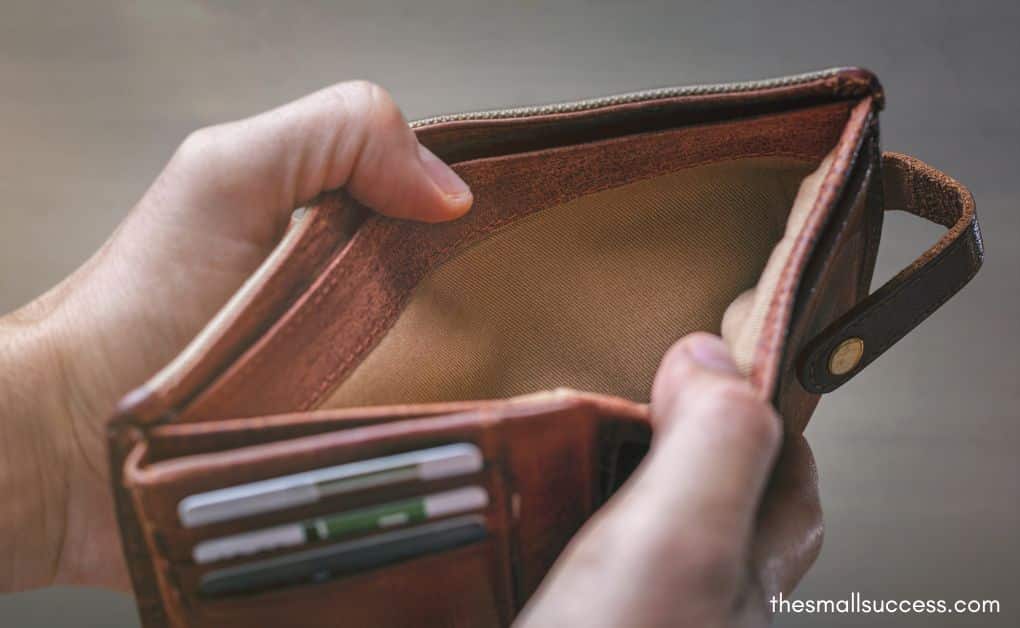Do you ever feel like your paycheck disappears faster than it should—without any big splurges to blame? The truth is, many people unknowingly develop small spending habits that slowly siphon money from their bank account over time. These sneaky expenses can add up to hundreds, even thousands, of dollars each year.
If you’re trying to take control of your finances, the first step is awareness. Here are seven common spending habits that might be draining your wallet more than you realize—and how to fix them.
1. Subscription Overload
We live in a subscription economy. Streaming services, cloud storage, gym memberships, mobile apps—individually, they might cost just $5 to $15 a month, but collectively they add up.
Many people forget about subscriptions they rarely or never use. According to a survey by C+R Research, the average American underestimates their monthly subscription spending by over $130.
- Audit your bank statements every quarter to track recurring charges.
- Use apps like Truebill or Trim to identify and cancel unused subscriptions.
- Stick to 2–3 core subscriptions that truly bring value.
2. Impulse Online Shopping
It’s late, you’re scrolling, and that “Buy Now” button is just a click away. Flash sales and targeted ads make it even harder to resist.
Impulse purchases are typically unplanned, meaning they often don’t align with your budget or needs. Over time, these small splurges can snowball.
- Wait 24 hours before buying anything non-essential.
- Remove saved credit card info from shopping sites to add friction.
- Create a wish list—many times, the desire fades before you even revisit it.
3. Dining Out Too Often
Whether it’s grabbing coffee on your commute or ordering takeout after a long day, convenience adds up.
Spending $10 on lunch every weekday equals $2,600 a year. Add weekend dining and drinks, and it’s easy to blow your food budget.
- Set a weekly dining out limit (e.g., 2x per week).
- Cook in bulk and meal prep.
- Invest in a good coffee maker or portable thermos.
4. Not Tracking “Small” Purchases
It’s easy to overlook daily small expenses—like vending machine snacks, parking fees, or gas station coffee.
These “invisible” purchases drain your budget silently. Over time, they eat into your ability to save or invest.
- Use apps like YNAB or Mint to categorize and track all expenses.
- Establish a daily cash allowance for discretionary spending.
- Review your weekly “micro-spending” and cut down by 10–20%.
5. Paying Interest on Credit Cards
If you carry a balance on your credit cards, you’re likely paying 18–25% interest—money that could go toward your savings instead.
Credit card interest compounds quickly. A $2,000 balance with 20% APR costs you over $400 in interest per year if unpaid.
- Focus on paying off high-interest debt first (avalanche method).
- Avoid using credit cards for non-essentials unless paid off monthly.
- Consider a 0% balance transfer offer to reduce interest.
6. Lifestyle Creep
As your income increases, so do your expenses—new gadgets, fancier restaurants, upgraded cars or apartments.
Your savings don’t grow in proportion to your income. You remain stuck in the same financial cycle, despite earning more.
- Set a fixed savings rate (e.g., 20–30%) whenever your income increases.
- Delay lifestyle upgrades and prioritize financial goals first.
- Remember: Wealth is what you don’t spend, not what you show.
7. Ignoring Price Comparisons and Deals
You shop without checking other options or waiting for discounts. That brand-name detergent or overpriced flight might be costing you extra.
You leave money on the table by not shopping smarter. Overpaying $5–$10 here and there adds up fast.
- Use browser extensions like Honey or Capital One Shopping to find coupons.
- Compare prices online before hitting the checkout button.
- Consider buying store-brand alternatives—they often match quality at a lower price.
FAQ
Q: Is it bad to enjoy small luxuries if I can afford them?
A: Not at all—just make sure they fit within a budget and don’t prevent you from reaching larger financial goals like saving, investing, or paying off debt.
Q: What’s the best way to track spending habits?
A: Start with a budgeting app like Mint, YNAB, or even a simple spreadsheet. The key is consistency and awareness.
Q: How do I know if a subscription is worth keeping?
A: Ask yourself: Do I use it at least twice a week? Does it save me time or money elsewhere? If not, it’s probably not essential.
Q: Should I stop using my credit card altogether?
A: Not necessarily. Credit cards can offer rewards and protection—just avoid carrying a balance and pay on time to dodge interest fees.
Q: How often should I audit my spending habits?
A: A quick monthly check and a deeper quarterly review can help you stay on track and make timely adjustments.
Conclusion
Your financial future isn’t just shaped by big decisions—it’s built day by day through your habits. By identifying and correcting these seven sneaky spending habits, you can stop the quiet drain on your bank account and start moving toward real financial freedom.
Start small. Stay consistent. And watch your savings grow.

